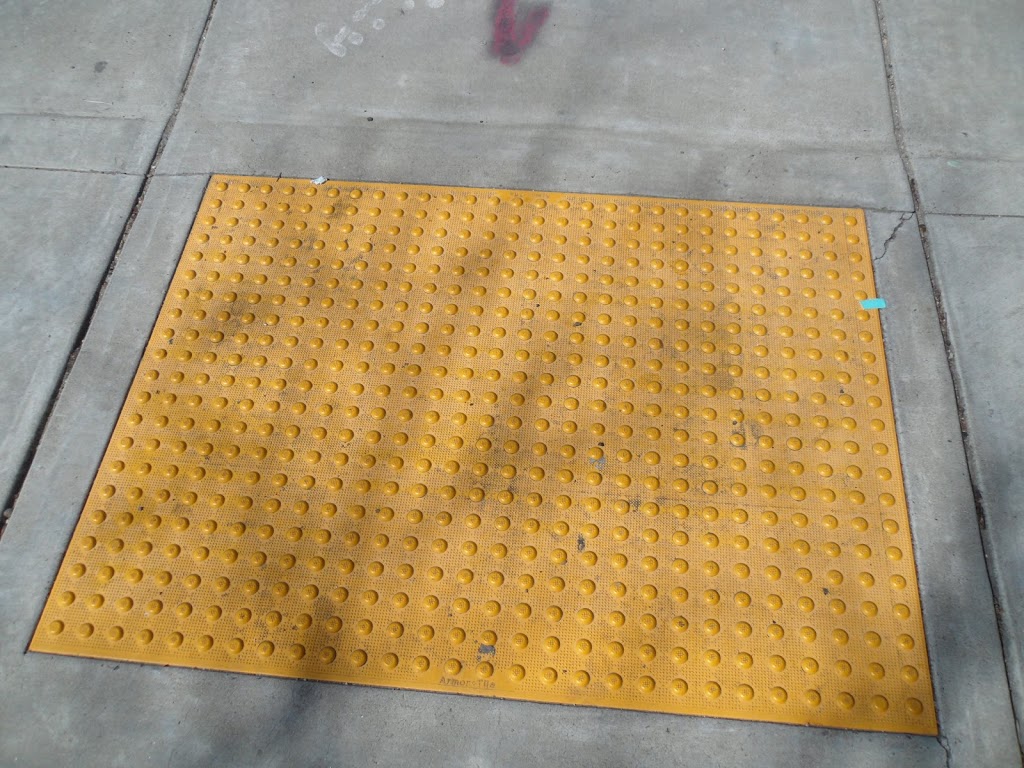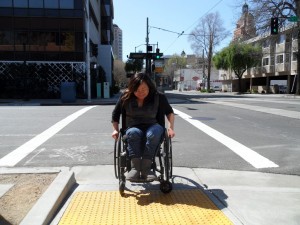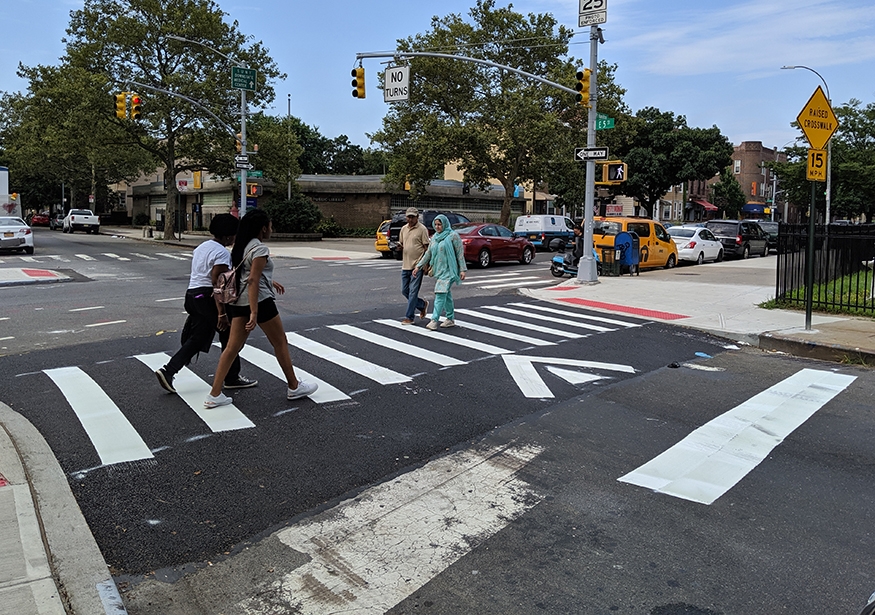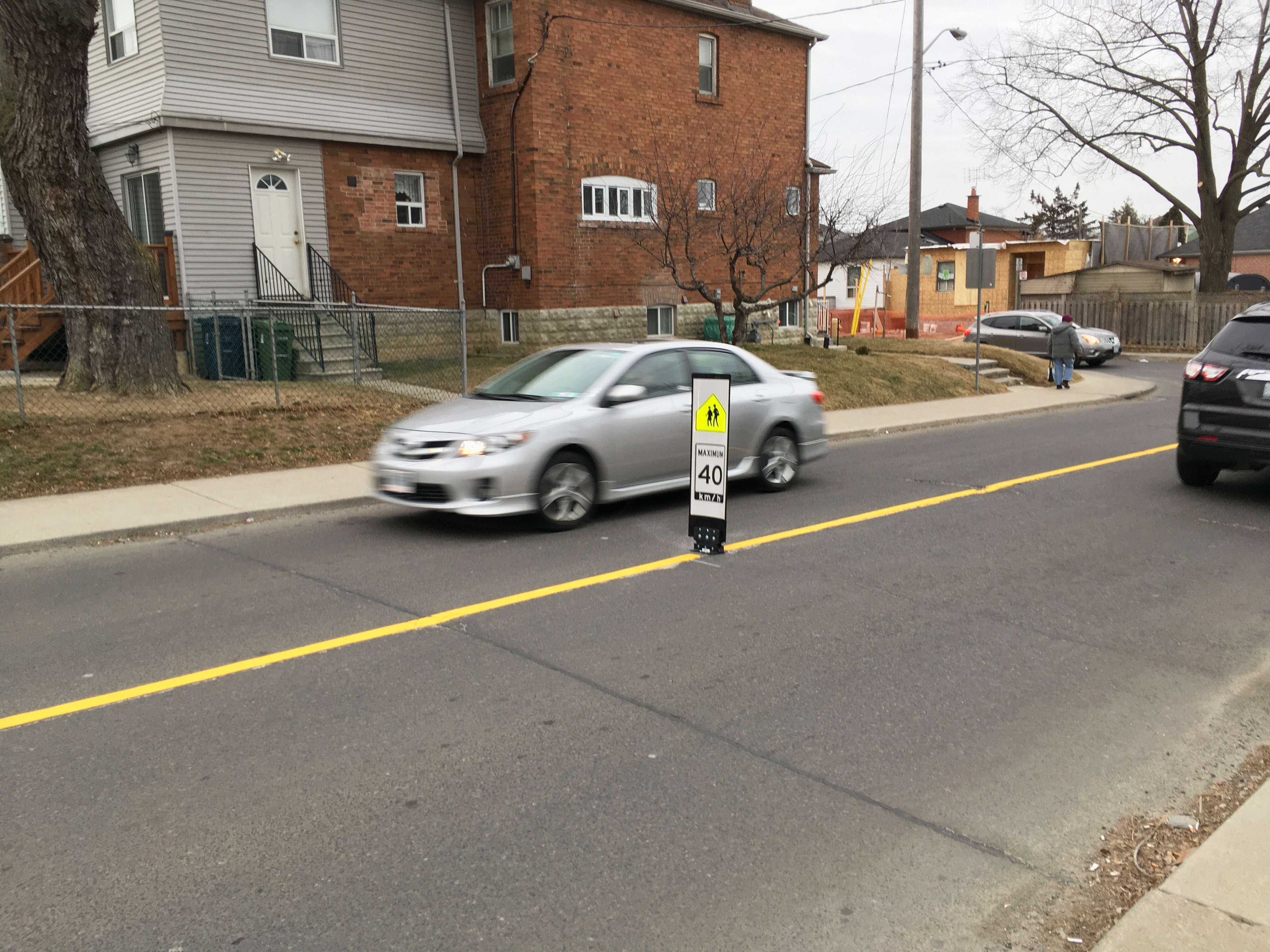crs1026
Superstar
I feel strongly we ought to address such challenges, I expect most of those fall within the sphere of the province; in the same way the building code does.
Mandating full accessibility in every residence is entirely impractical, it would force much larger unit sizes if all bathrooms/kitchens had to have the requisite space for wheelchair users.
That said; there is an argument in new builds, that at least one powder room should meet the standard for accessibility in every apartment/home; but there would certainly be some pushback from industry on cost.
This is doable for many new dwellings, but presumes that entry from at-grade to the housing unit is at grade and/or made accessible. For a huge amount of existing housing stock there is little prospect of remediation given slopes and steps from sidewalk or driveway to front door. I guess we have to accept that many of these dwellings - which may mean whole streets or even bigger areas - simply won't be an option for a disabled person, and that inequity will be longstanding. (The real pain is where the disability happens after an individual has made a dwelling their home.... the disability is irrevocably life changing).
The City is reasonably on hook for maintenance standards, interruptions of sidewalk/path caused by construction and the program for winter snow-clearing and safety.
We can all agree they ought to be doing better on pretty much all of these; but if you did everyone perfectly, you wouldn't allow a mobility impaired person to access a sidewalk-less street when there are snowbanks on the road.
Equally, I'm not sure such a mobility impaired person should be left in the midst of a road without quality traffic calming and a probably as-driven speed below 30km/ph.
The interesting thing when we did our local canvass was the extent to which the people using mobility devices maintained, rightly or wrongly, that walking on their own street was the better option in terms of ease and safety. The elderly (understandably) fear slips and falls as much or more than being struck by motor vehicles. They may have lived on that street for so long that they remember things as they may have been rather than as they are.
I do agree, such streets need redesign and other measures to really be defensible as "safe". But I would not say we've achieved a momentum or a consensus that will convince every street, and there are better ways of getting to that consensus than imposing the solution (absent some direct data on that location). Culture beats strategy, so good change management may work better - enthusiastic activism can push too hard sometimes.
- Paul




















.jpg)
.webp)
